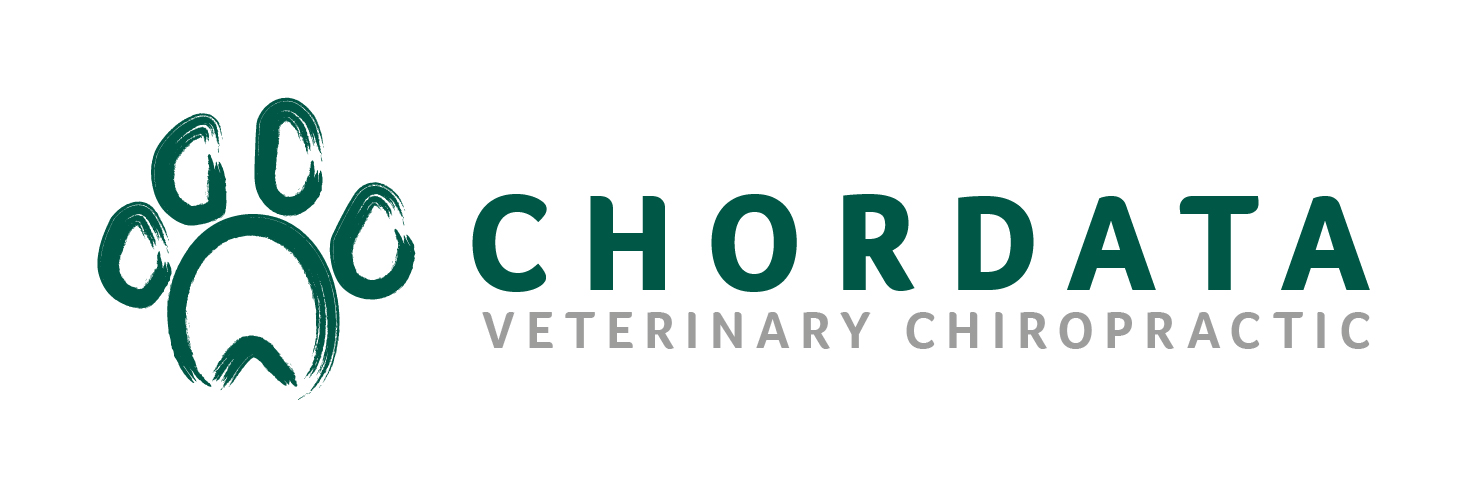Rider and equine biomechanics assessment session with Stuart Lawrence BSc(Hons) MSc(Chiro) PgD(Animal Chiro) MSc(Chem Eng), Member of the Register of Musculoskeletal Practitioners, the British and International Veterinary Chiropractic Association.
Stuart is the clinical Director of Chordata Veterinary Chiropractic and Spinal and Natural Healthcare Centre. He is currently the only fully registered Animal Chiropractor in Essex, registered with both RAMP, the BVCA and the IVCA. He has 20 years’ experience in Chiropractic working with humans, is the president of Slovakian Chiropractic Association and is a fully registered Osteomyologist in the UK. He was also a past board member of the British Veterinary Chiropractic Association. He is currently awaiting confirmation to start his PhD in “safety and risk prevention in the animal healthcare industry”.
“As part of my research, I have spent time with both Russell Guire of Centaur Biomechanics, considering the effects of rider asymmetry on the welfare and performance of the horse, and undertaken training with Andy Thomas of Event Physio, High Performance Human Science Sports Medicine Advisor to the USA Equestrian Teams, furthering my understanding of imbalances and weaknesses in equestrian riders.
Horses move differently when on their own to when carrying a rider and this affects the forces they exert and receive on the ground and rider; and also, how their joints and limbs behave. Riders are trained to apply pressure bi-laterally through hands and legs in order to communicate effectively with the horse. Unequal pressure through the rider’s seat has already been scientifically proven to have a large impact on the soundness, incidence of injury and performance of the horse. Small changes can not only allow for greater freedom of movement but can better support the horse’s joints thus helping prevent injury. Previous research suggests that improved training and performance for riders of all equine disciplines will help with the reduction of pressures and improved posture, comfort, and soundness of movement of the horse.
During the assessment process I assess both the rider and horse separately and also as a unit working together. I look for asymmetries in each and consider the potential underlying biomechanical issues that may lead to an altered rider position. I carry out a general biomechanical screen using a combination of static and functional assessment and advise on rehabilitation exercises for the rider. This is designed to minimise injury to both of you and your horse as a team and, more importantly, to allow you to gain those extra marks when competing. You will also receive a full stand-alone assessment at either of the clinics. Better interaction between you, the rider, and the horse as a completely synchronised unit can only be of benefit.
In fact, the techniques and information I use and advise on, is was what allowed the British equestrian team to do so well at the Olympics!
I am also happy to advise on how more complex, underlying issues may be addressed to improve the rider and horse experience and can either make appointments chiropractic treatment for horse and/or rider or make referrals to the rider’s existing therapists as appropriate.”

Recent Comments